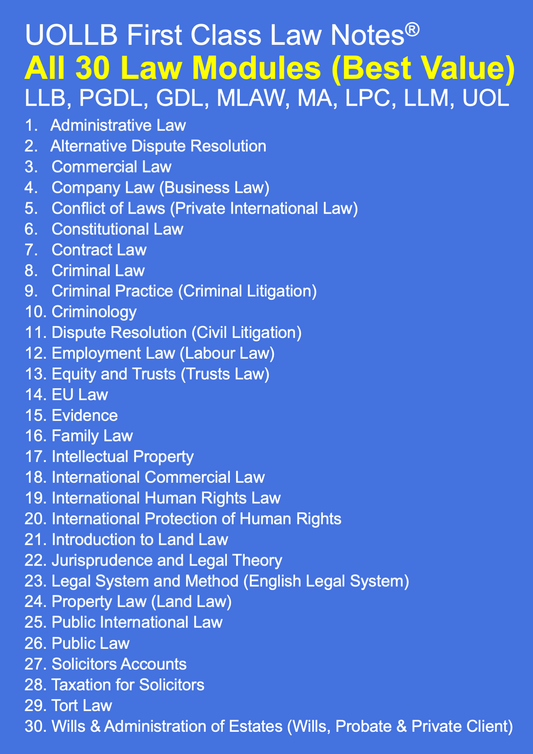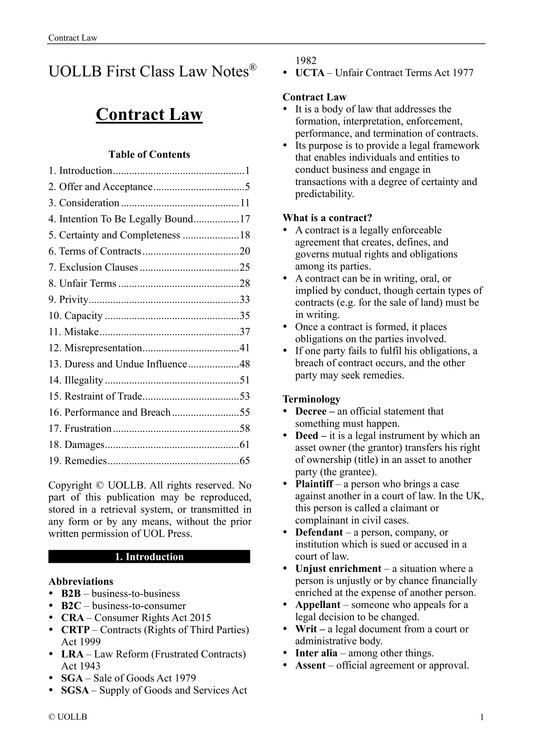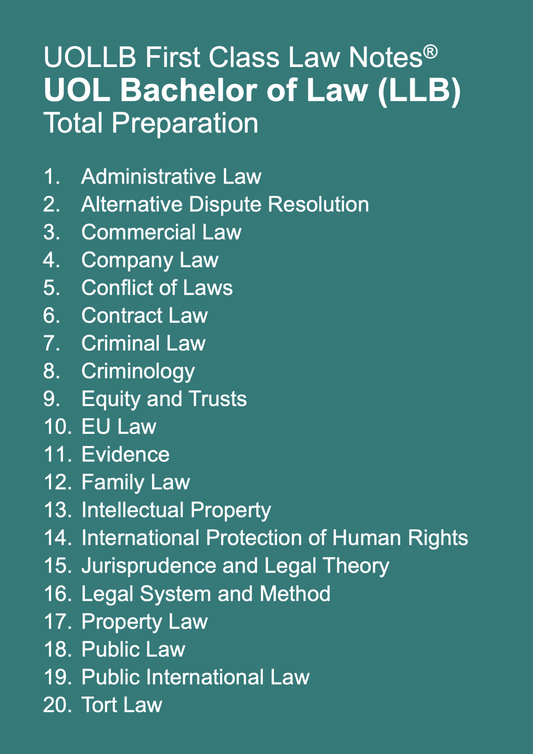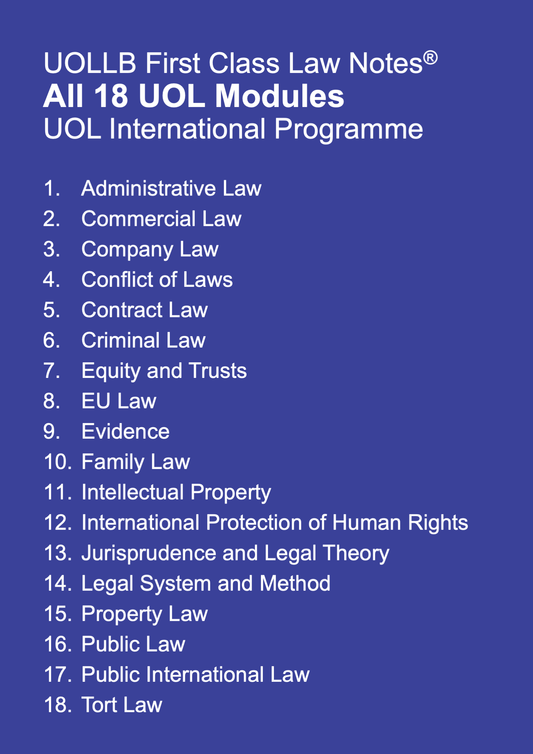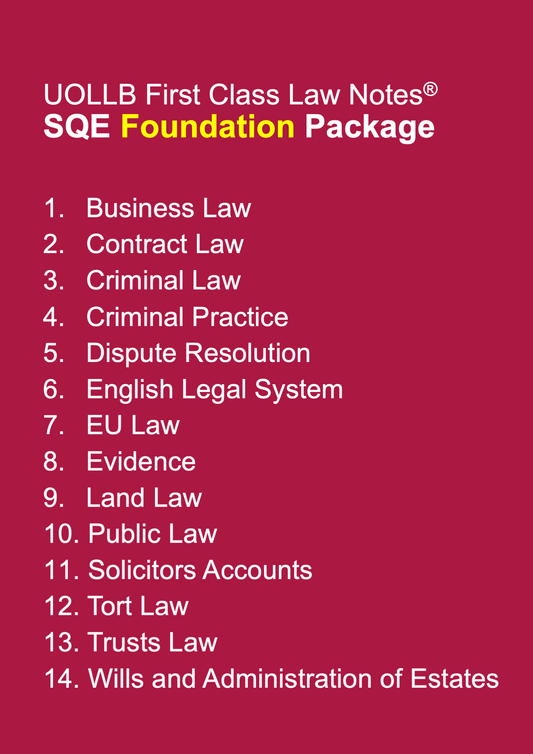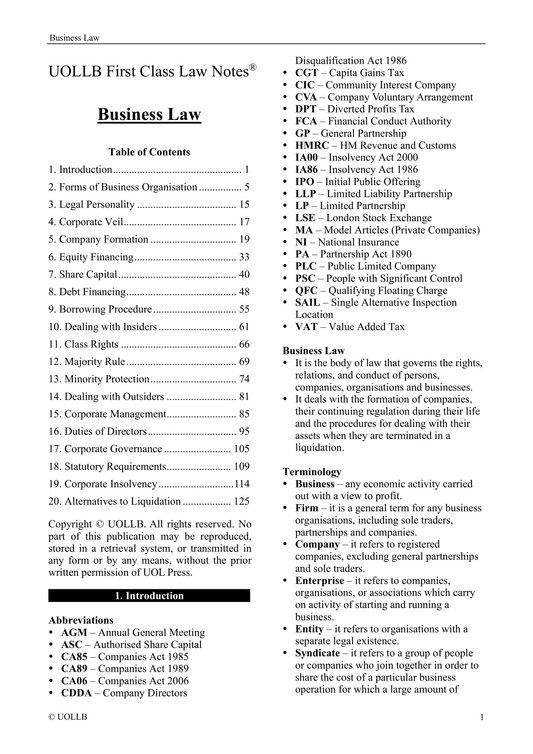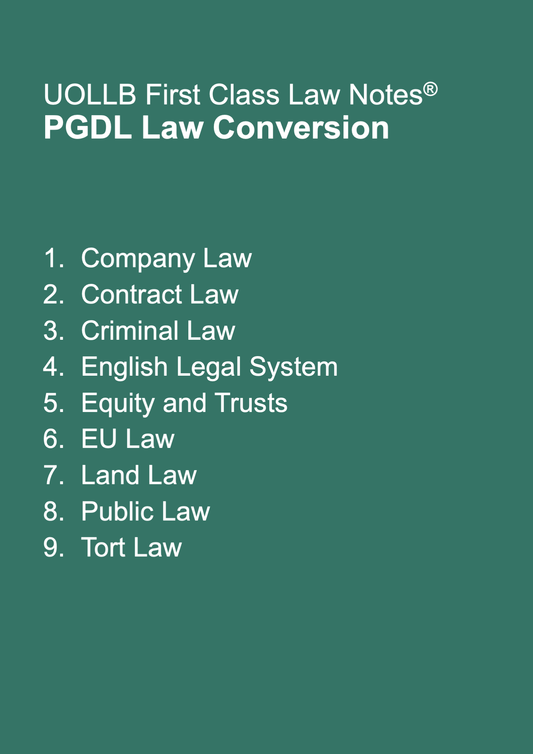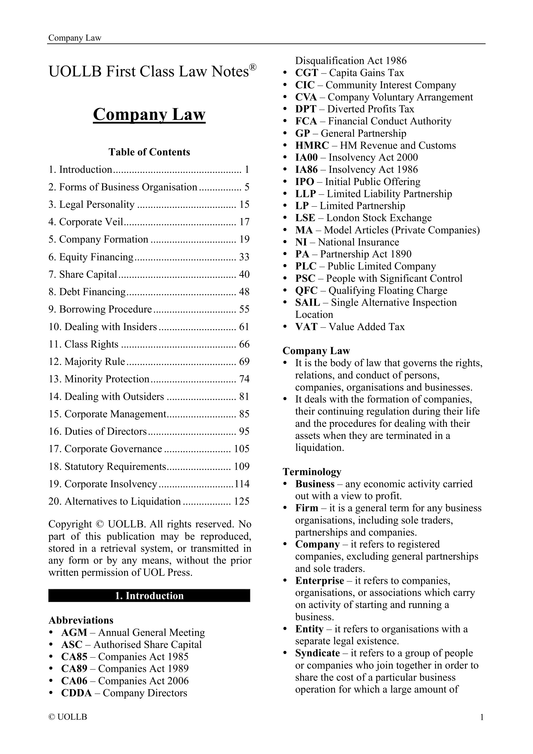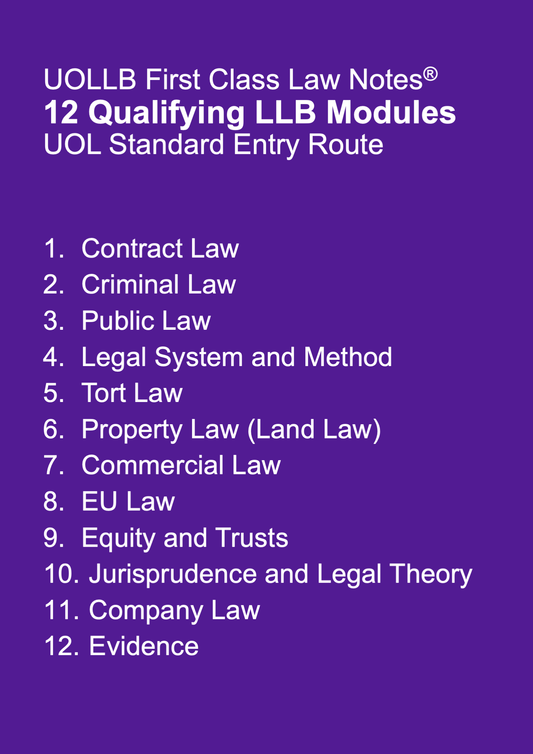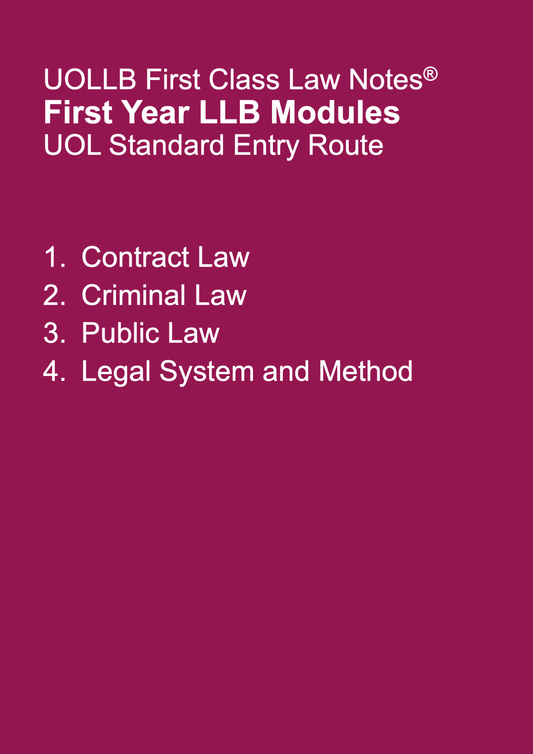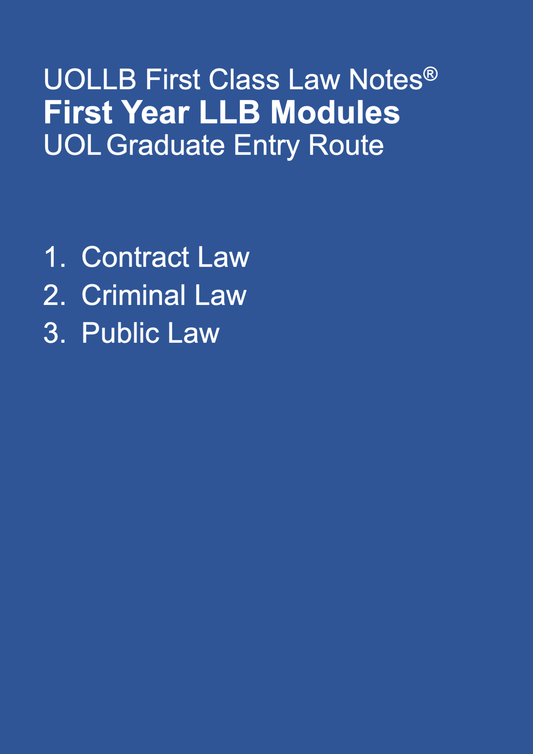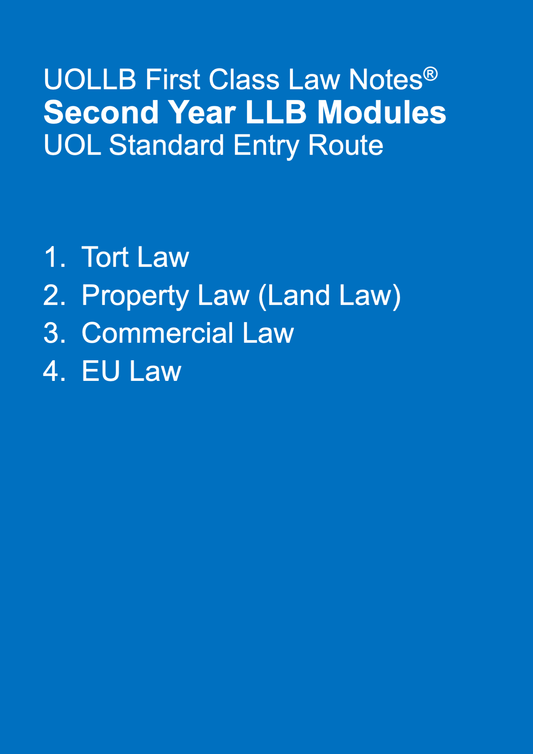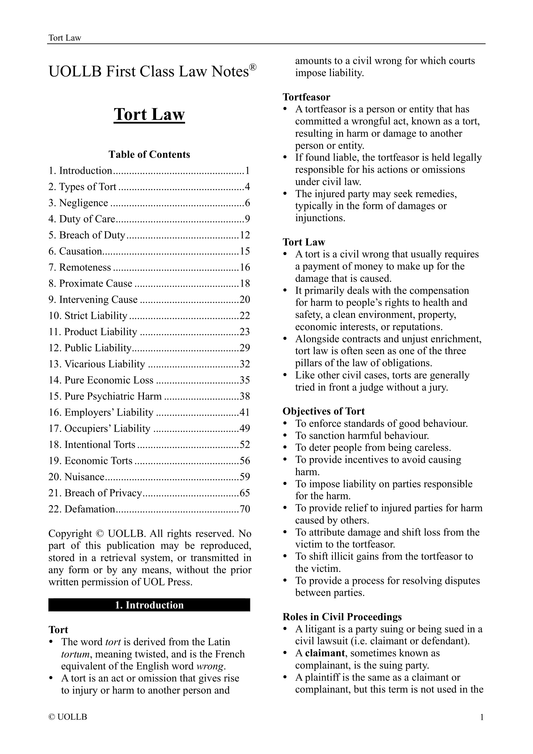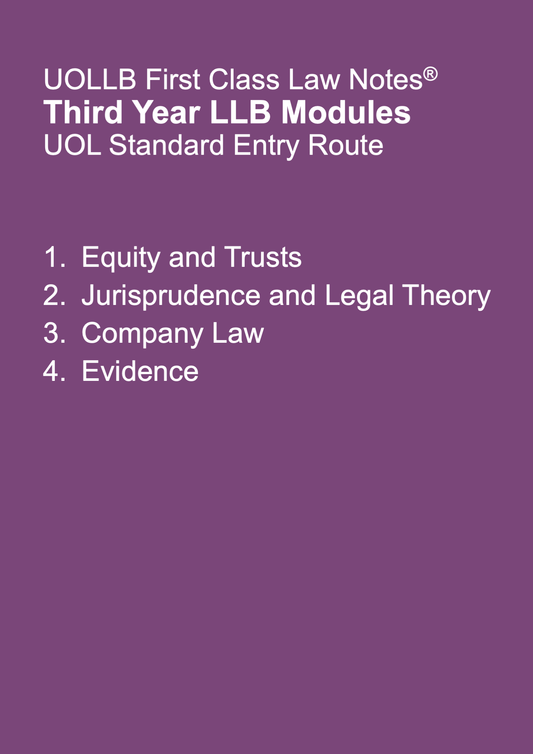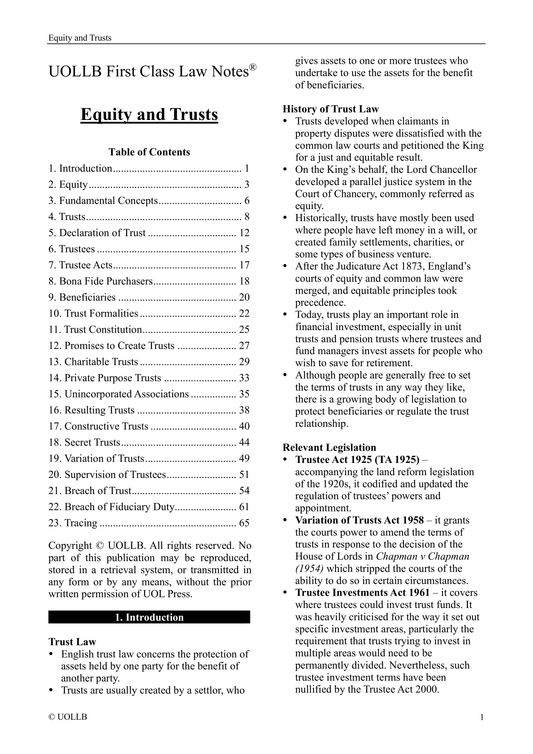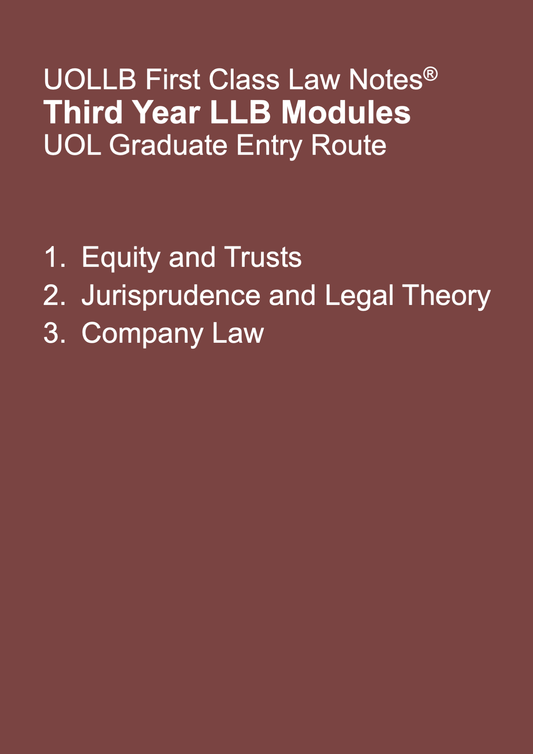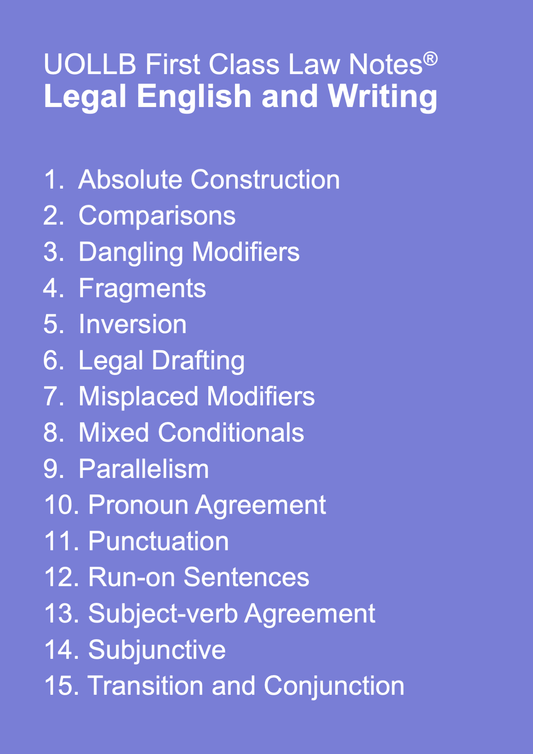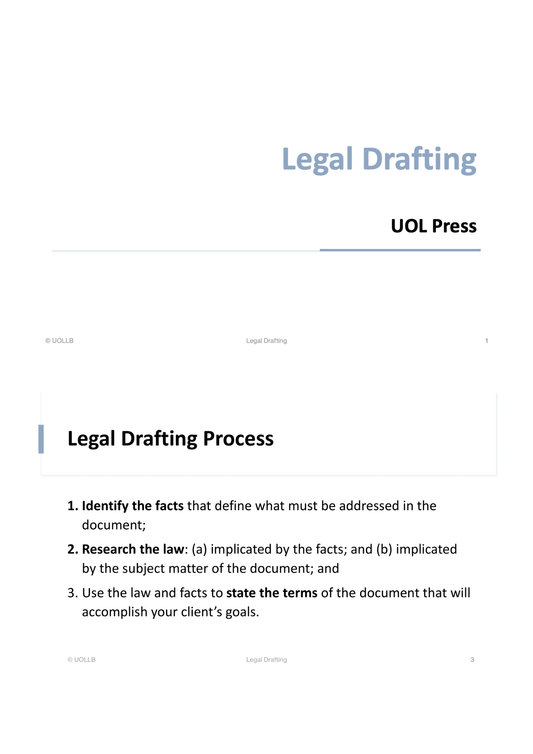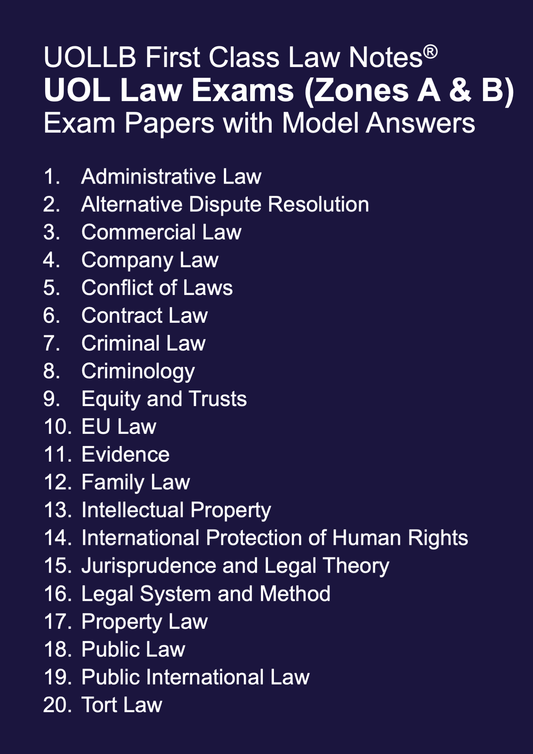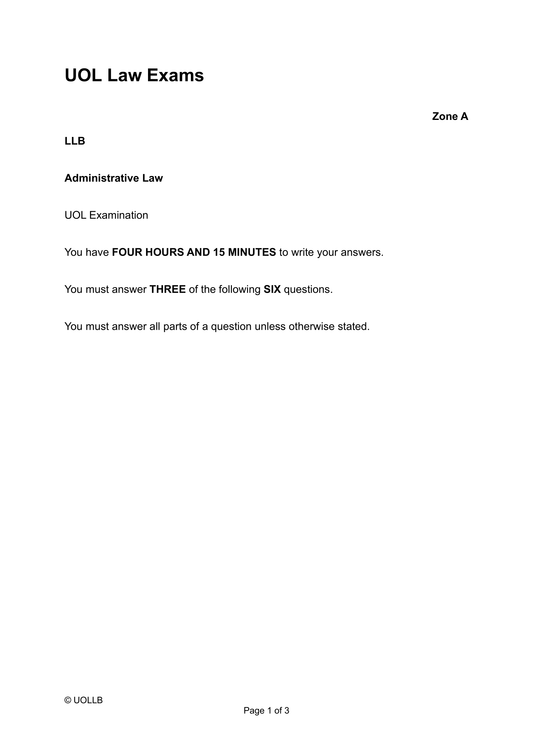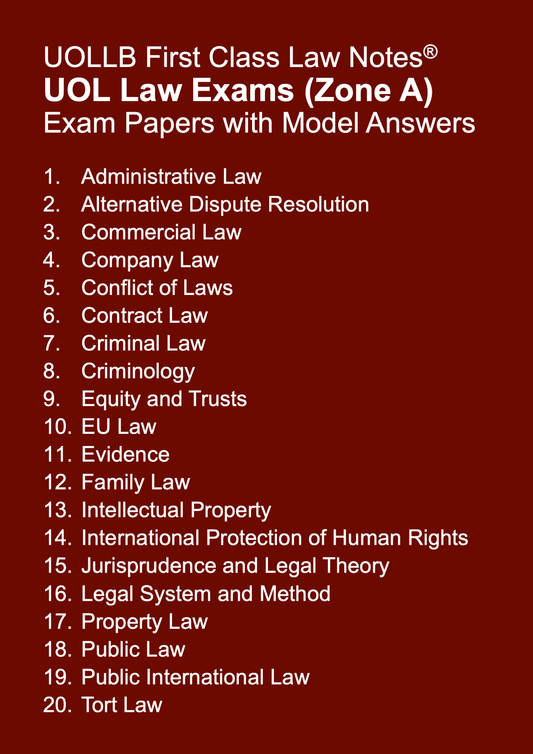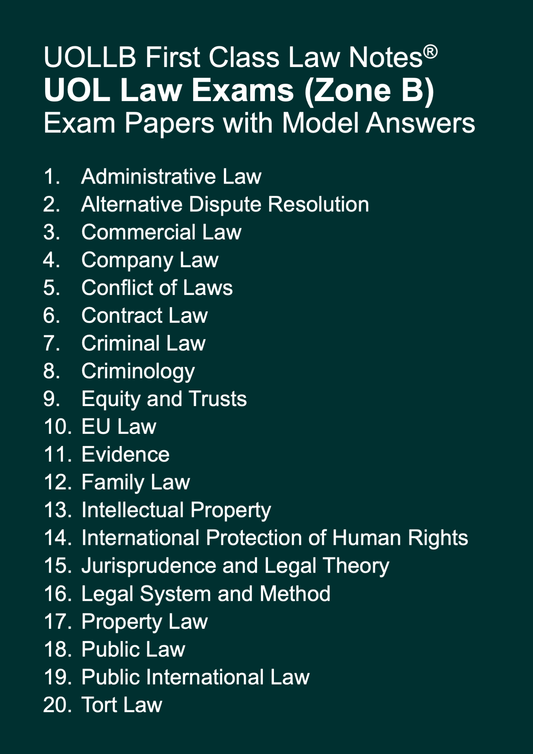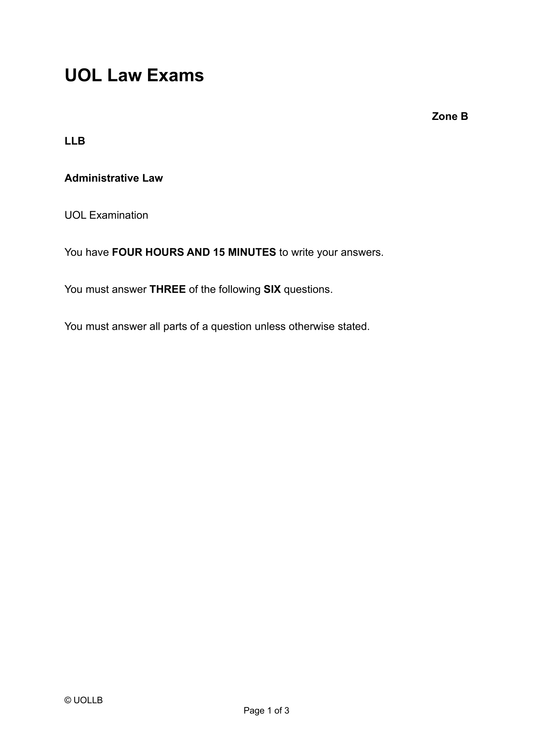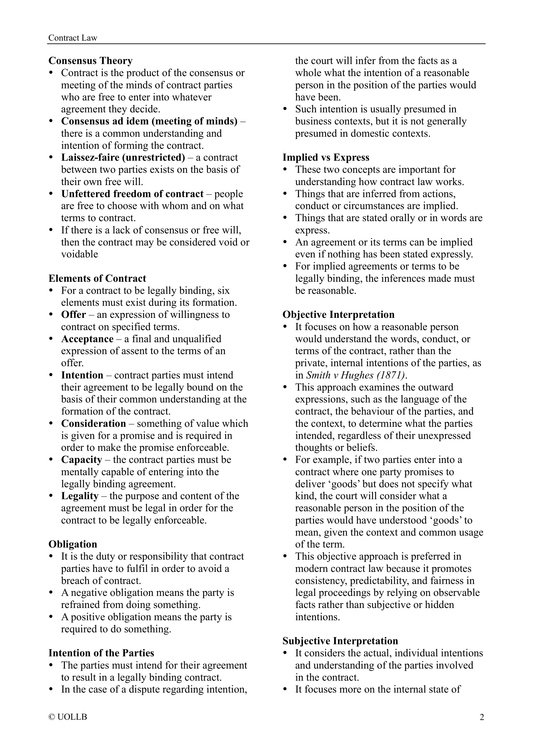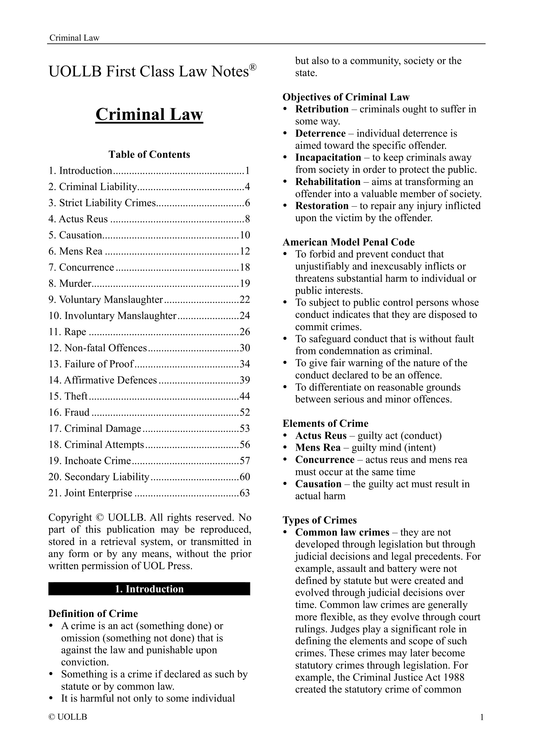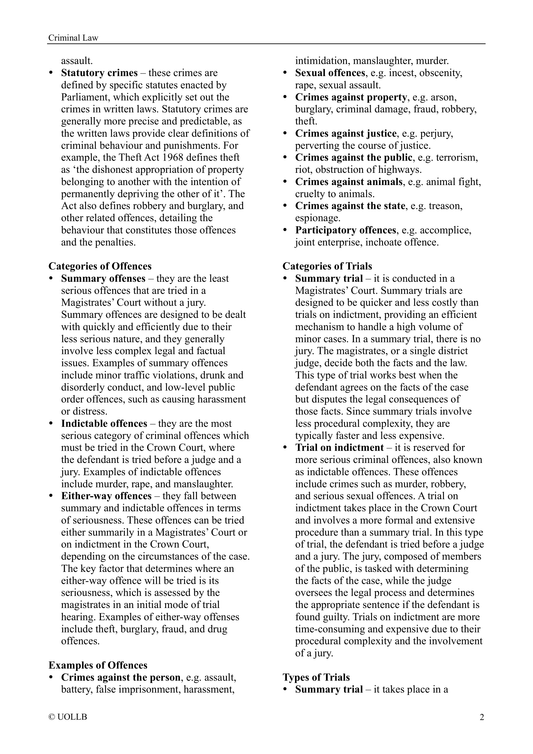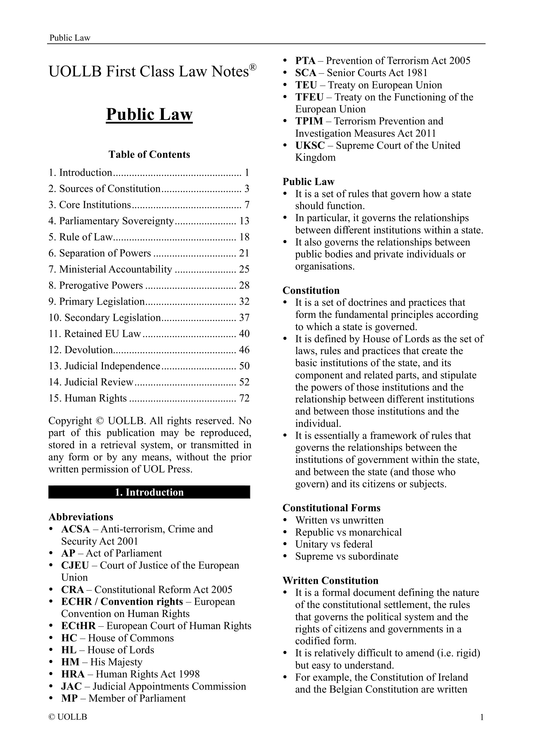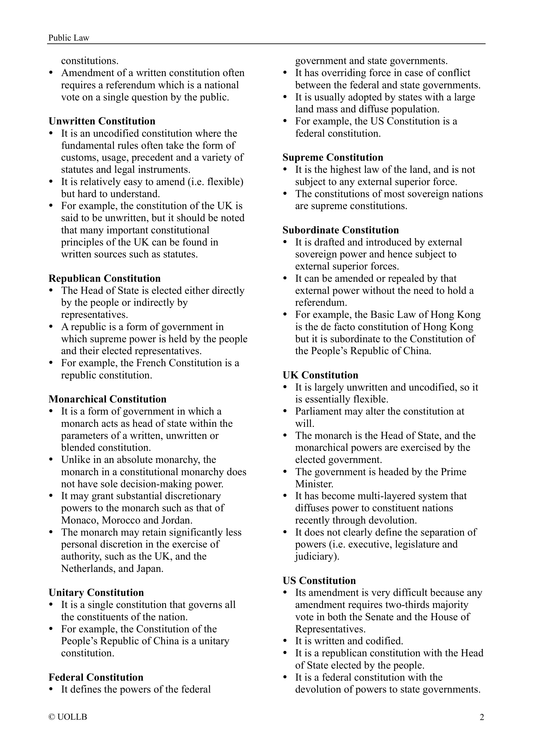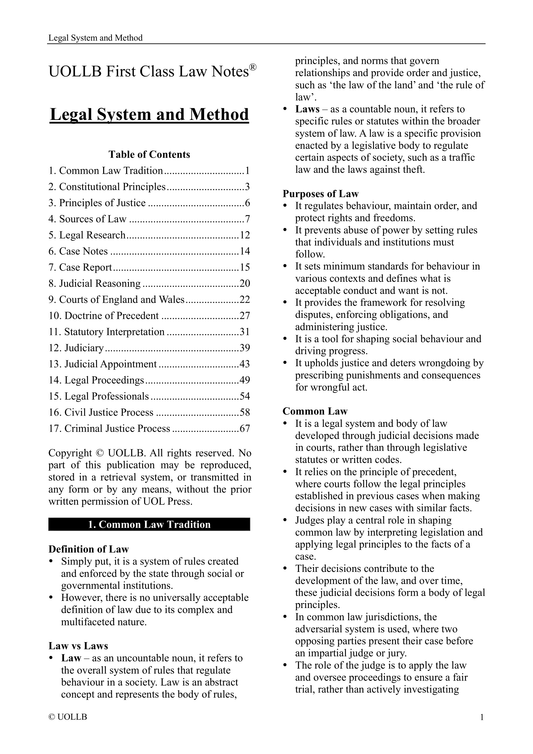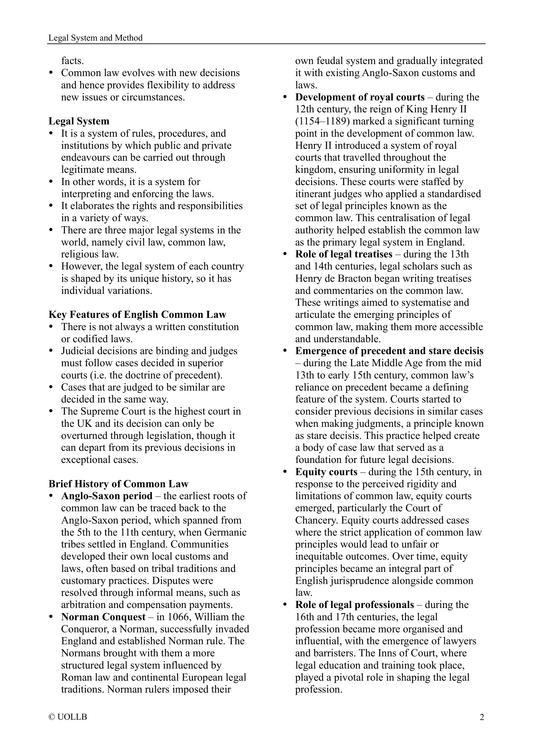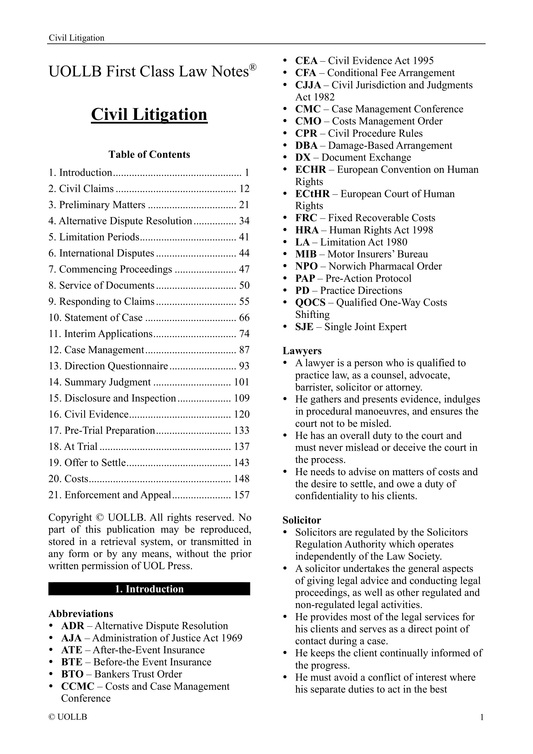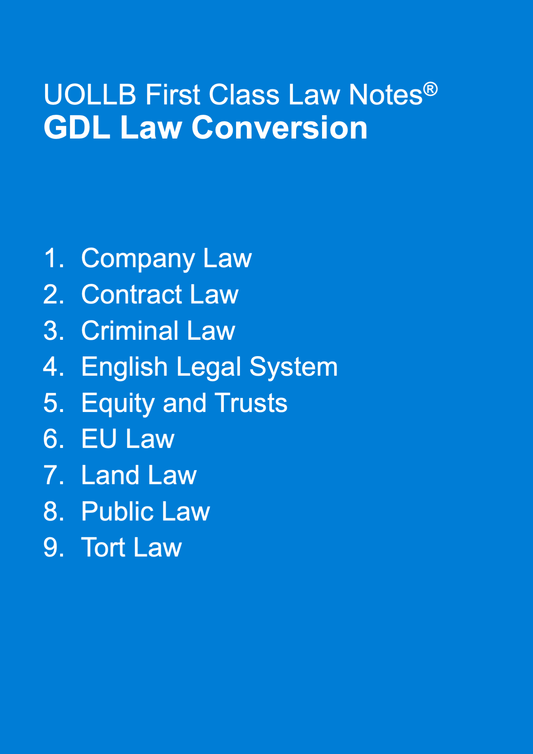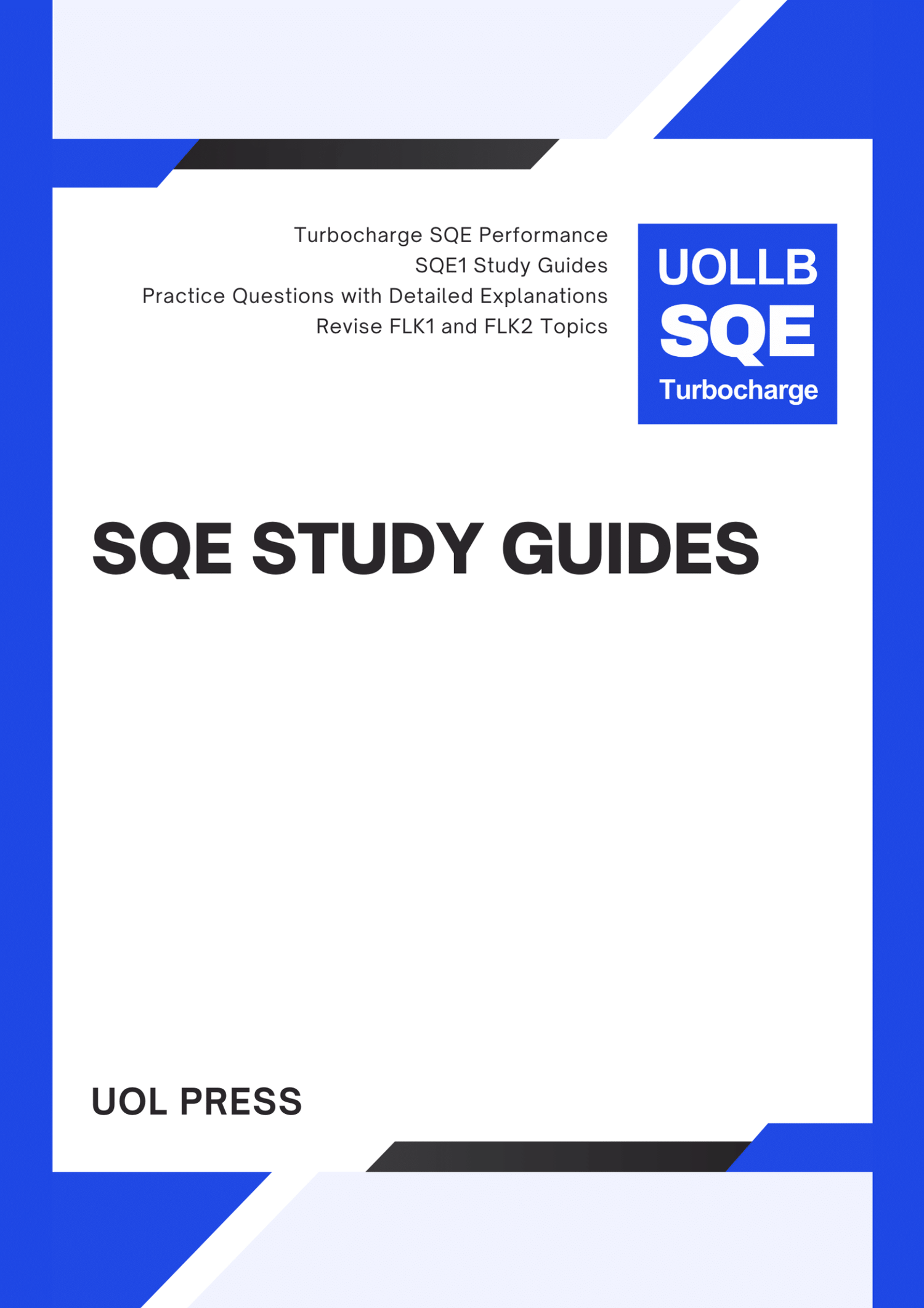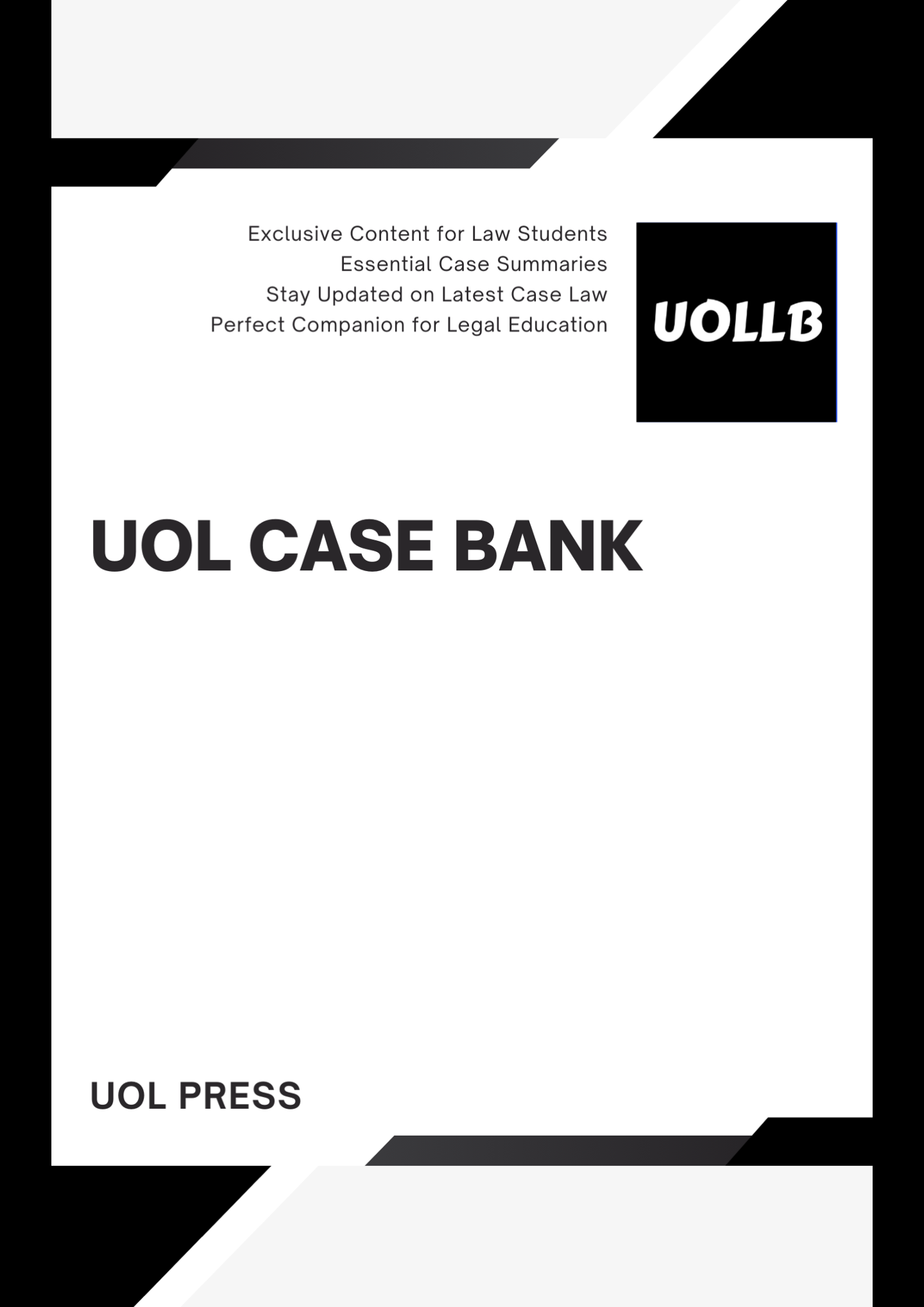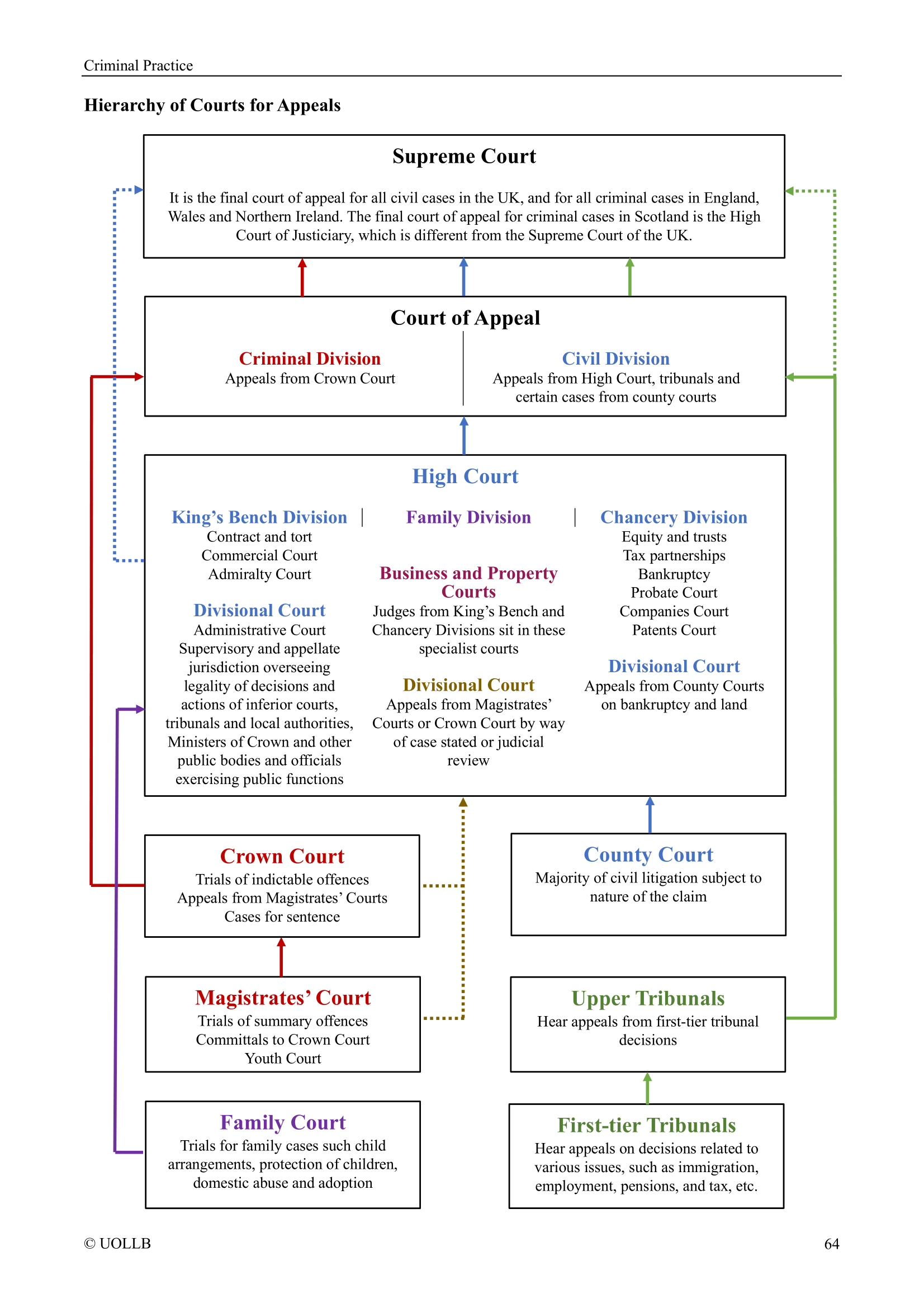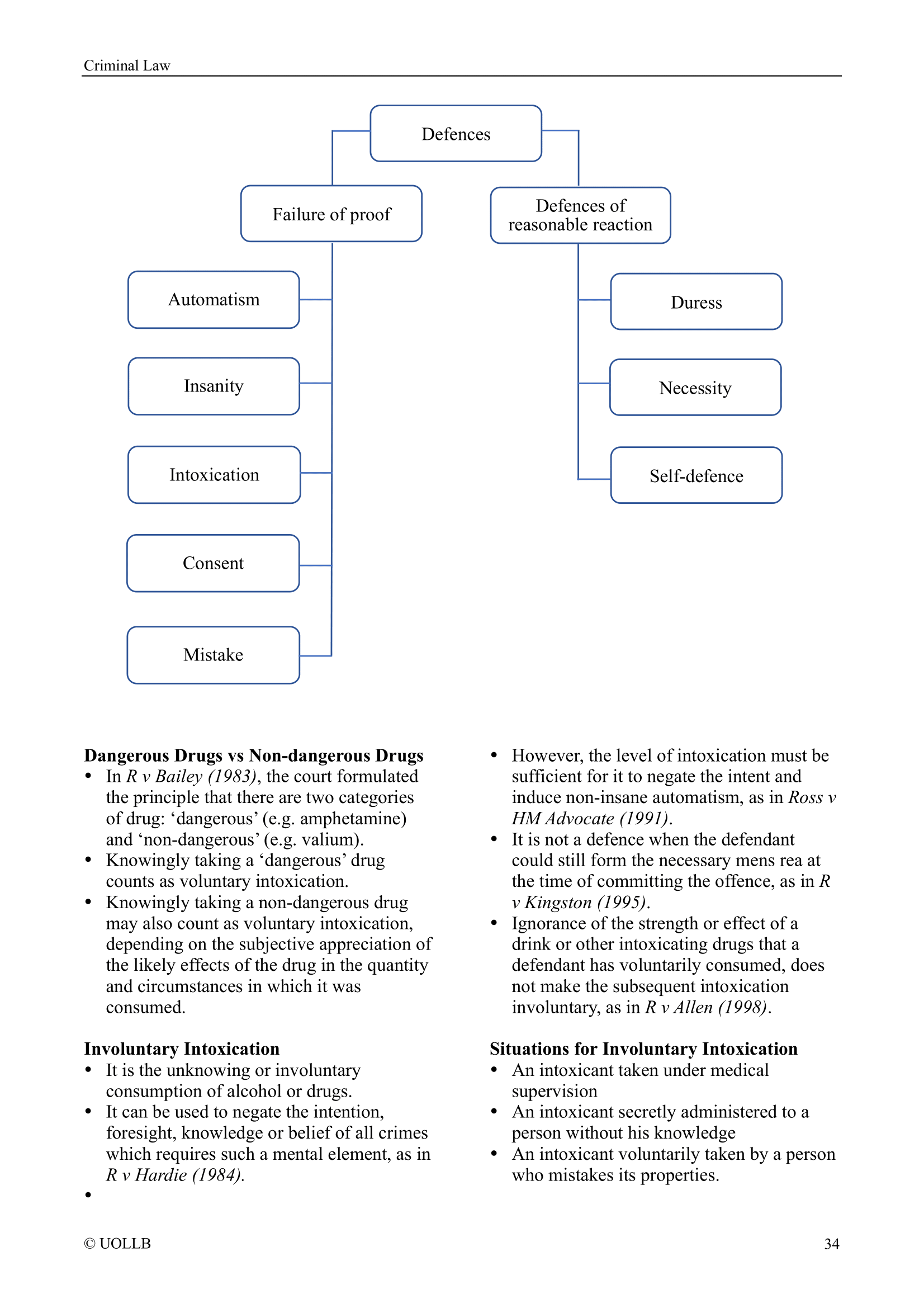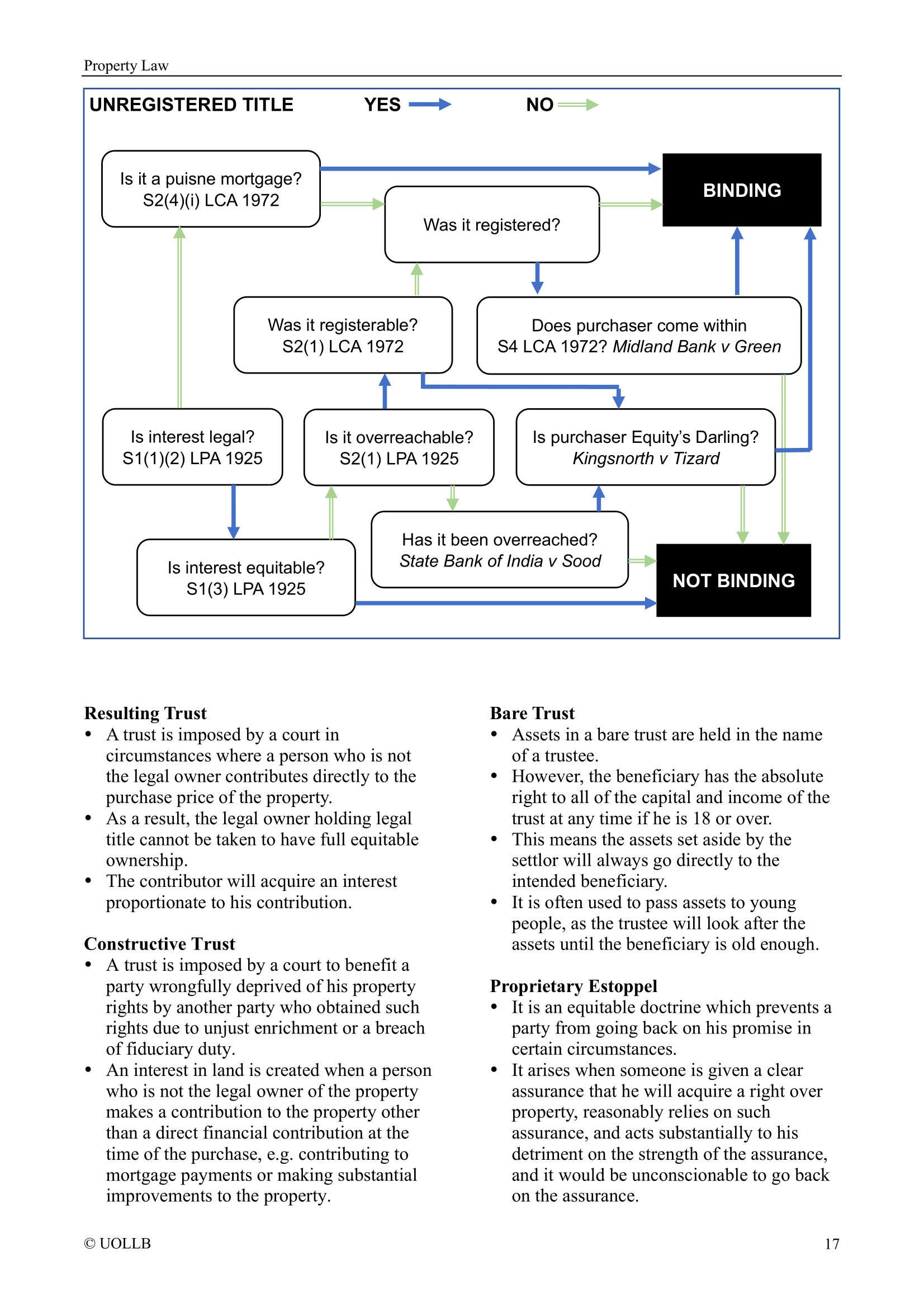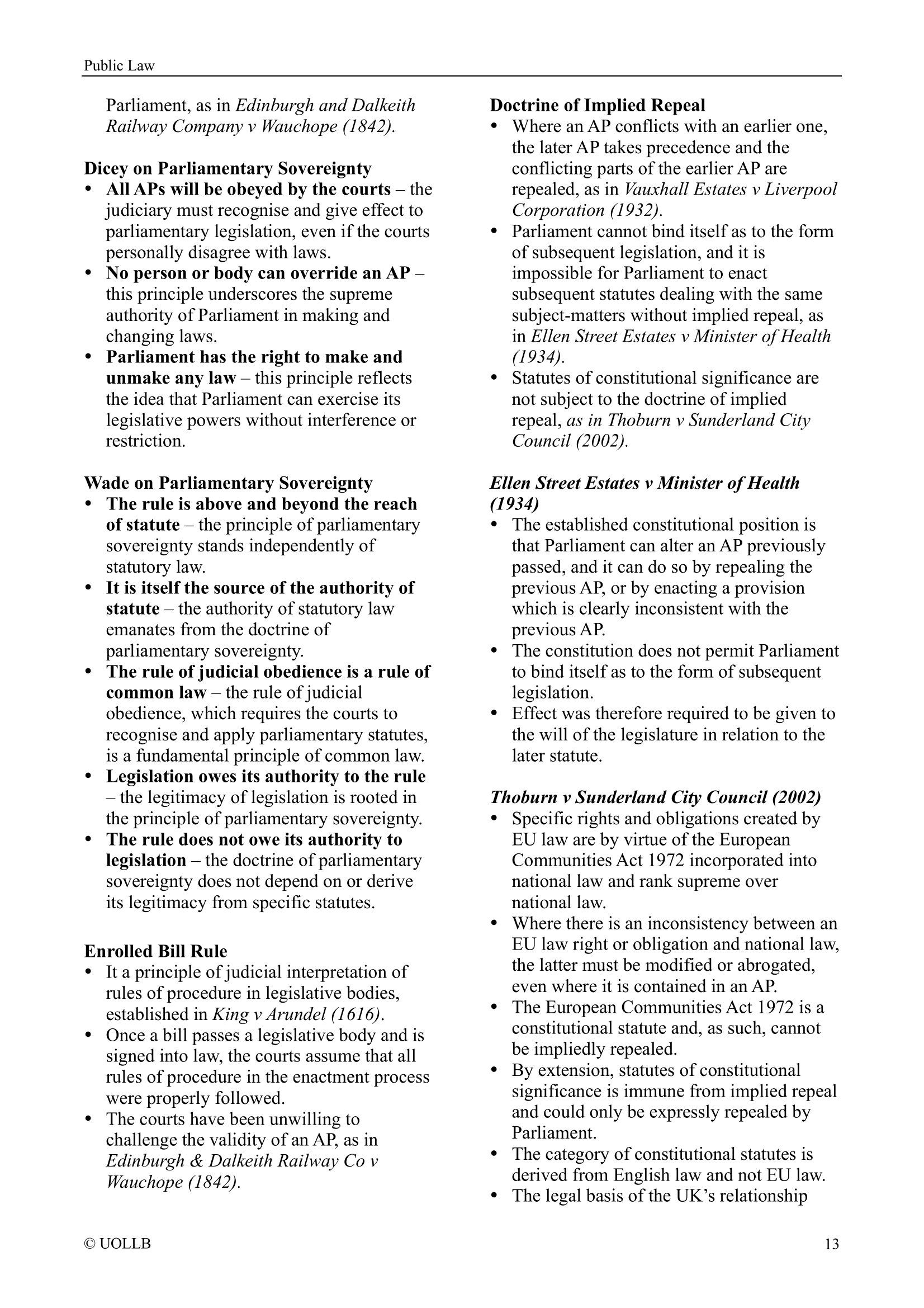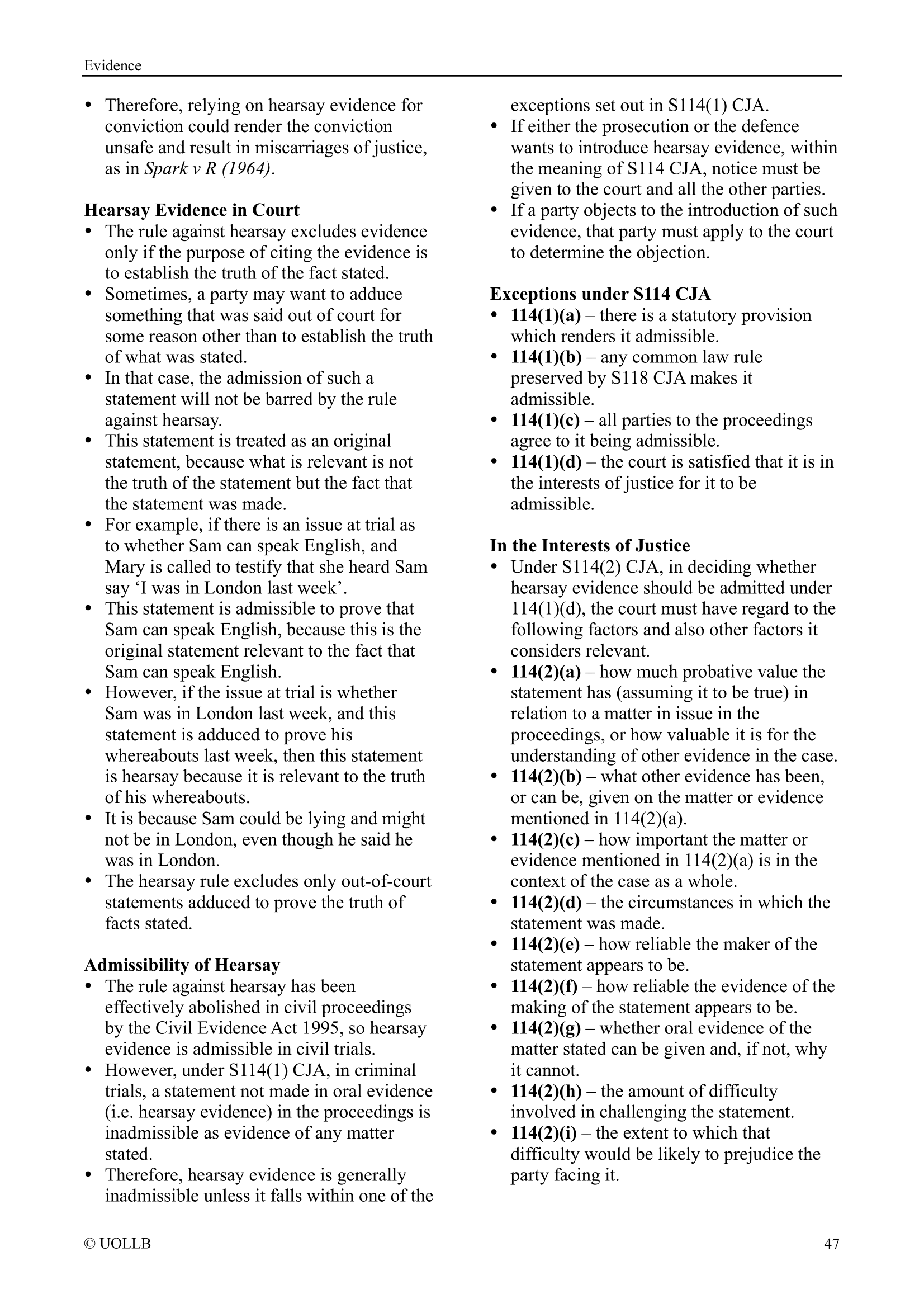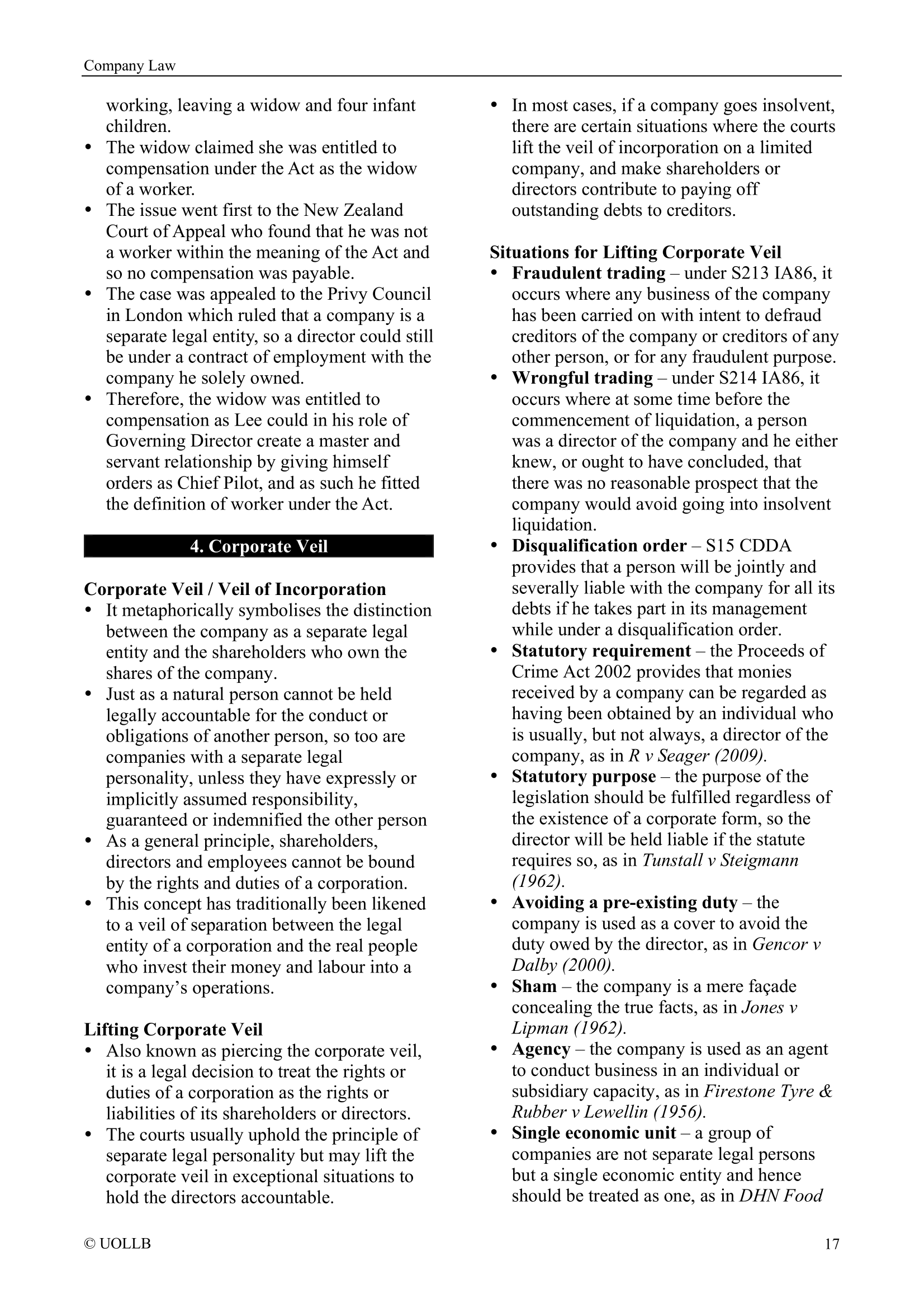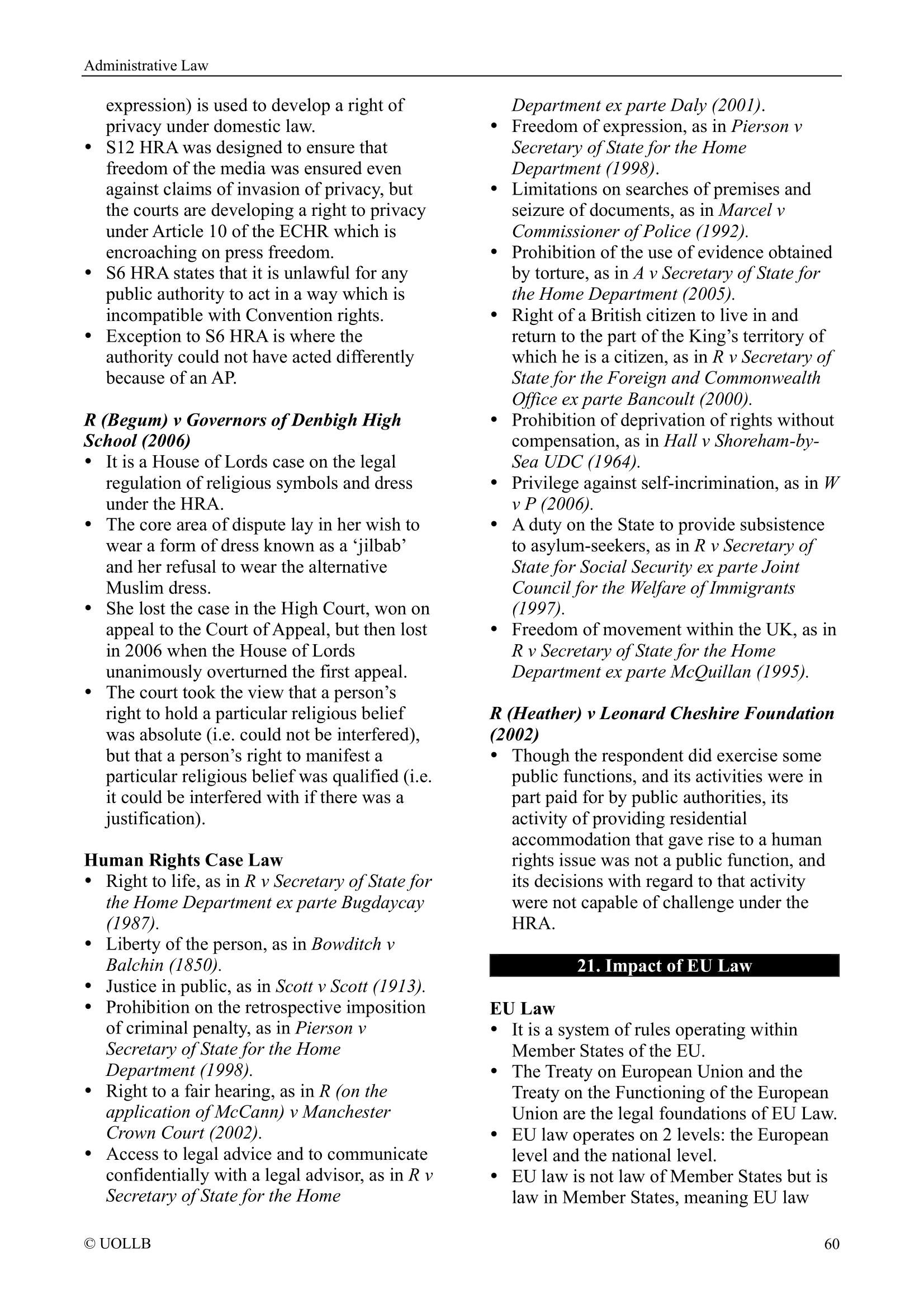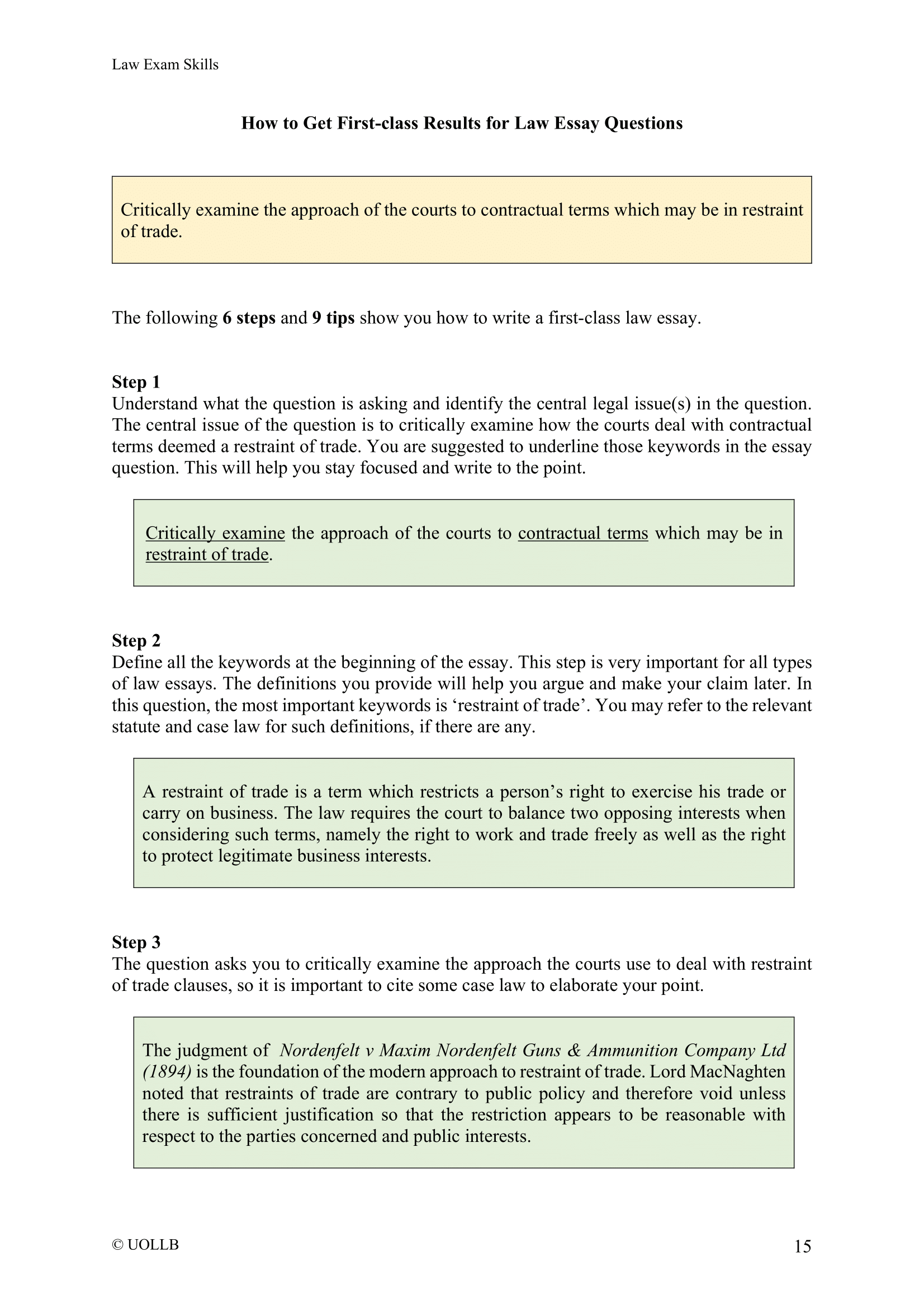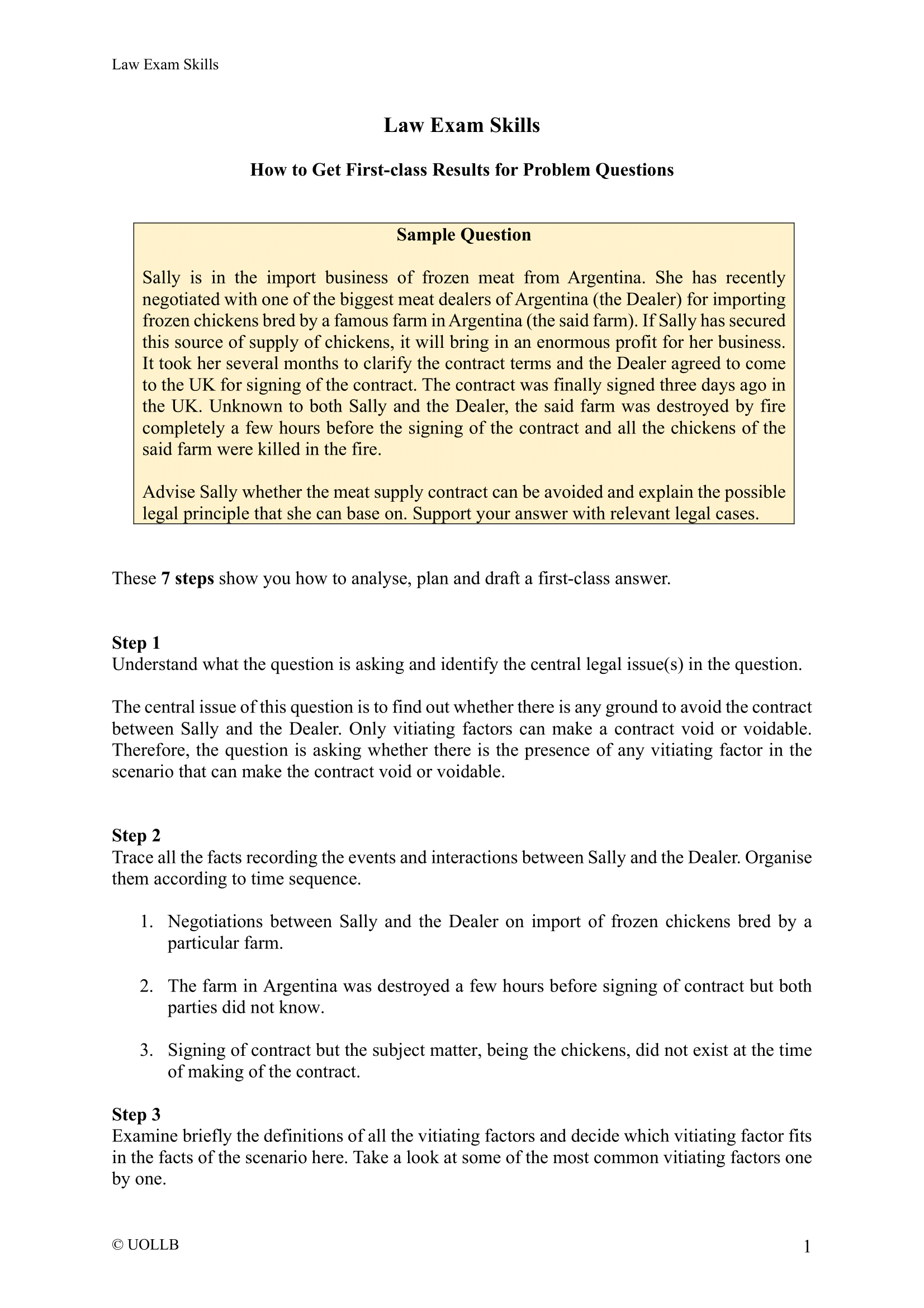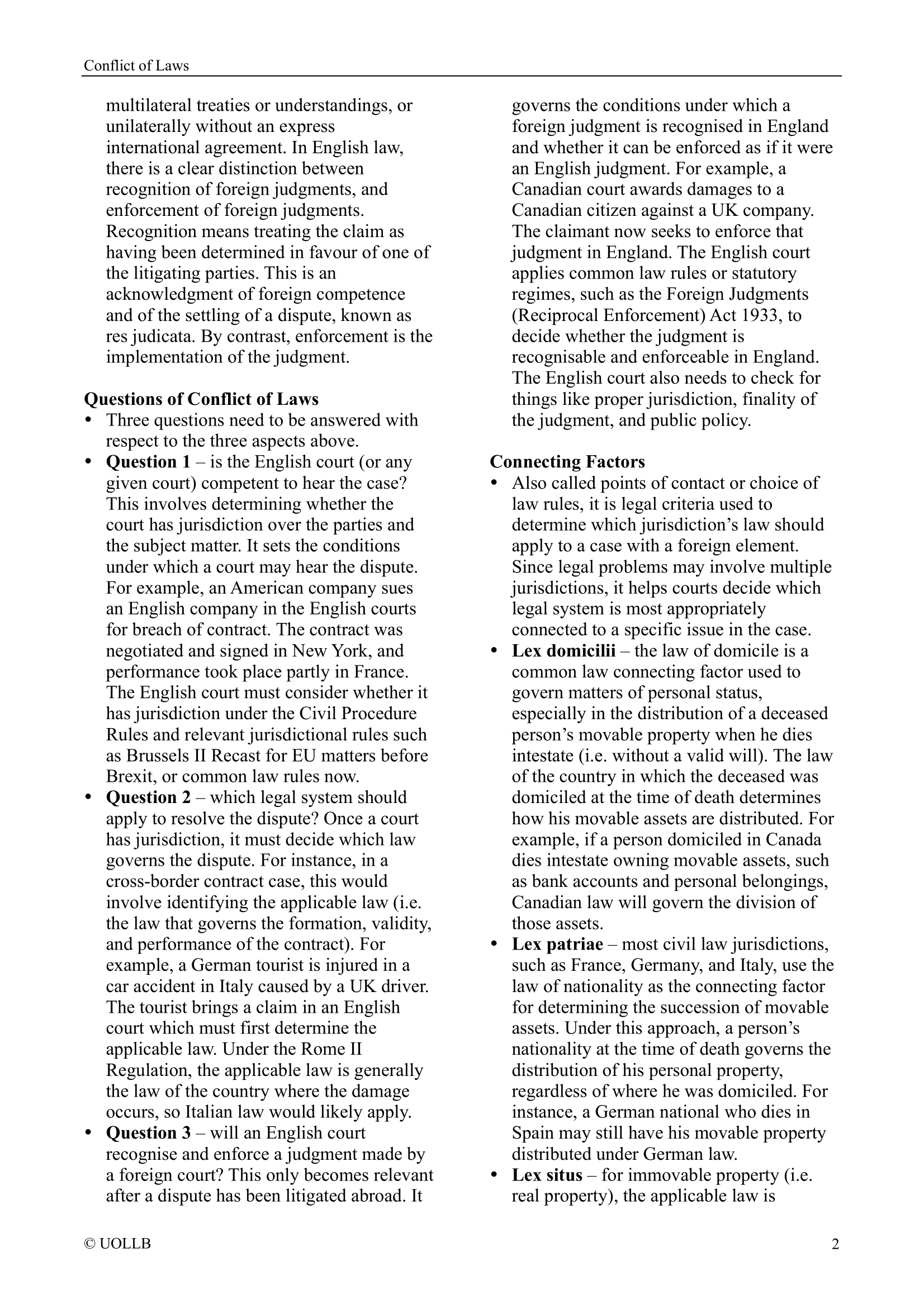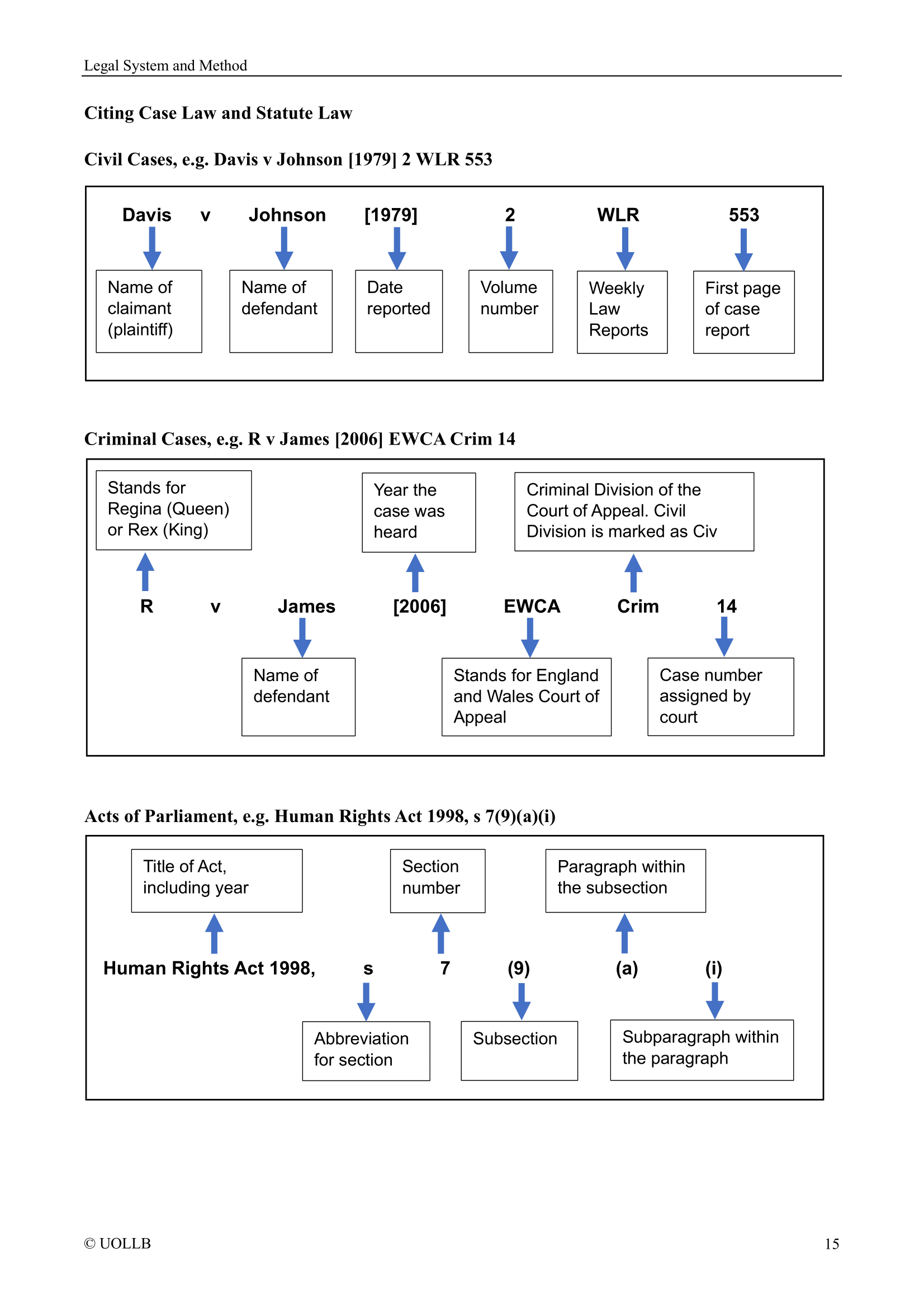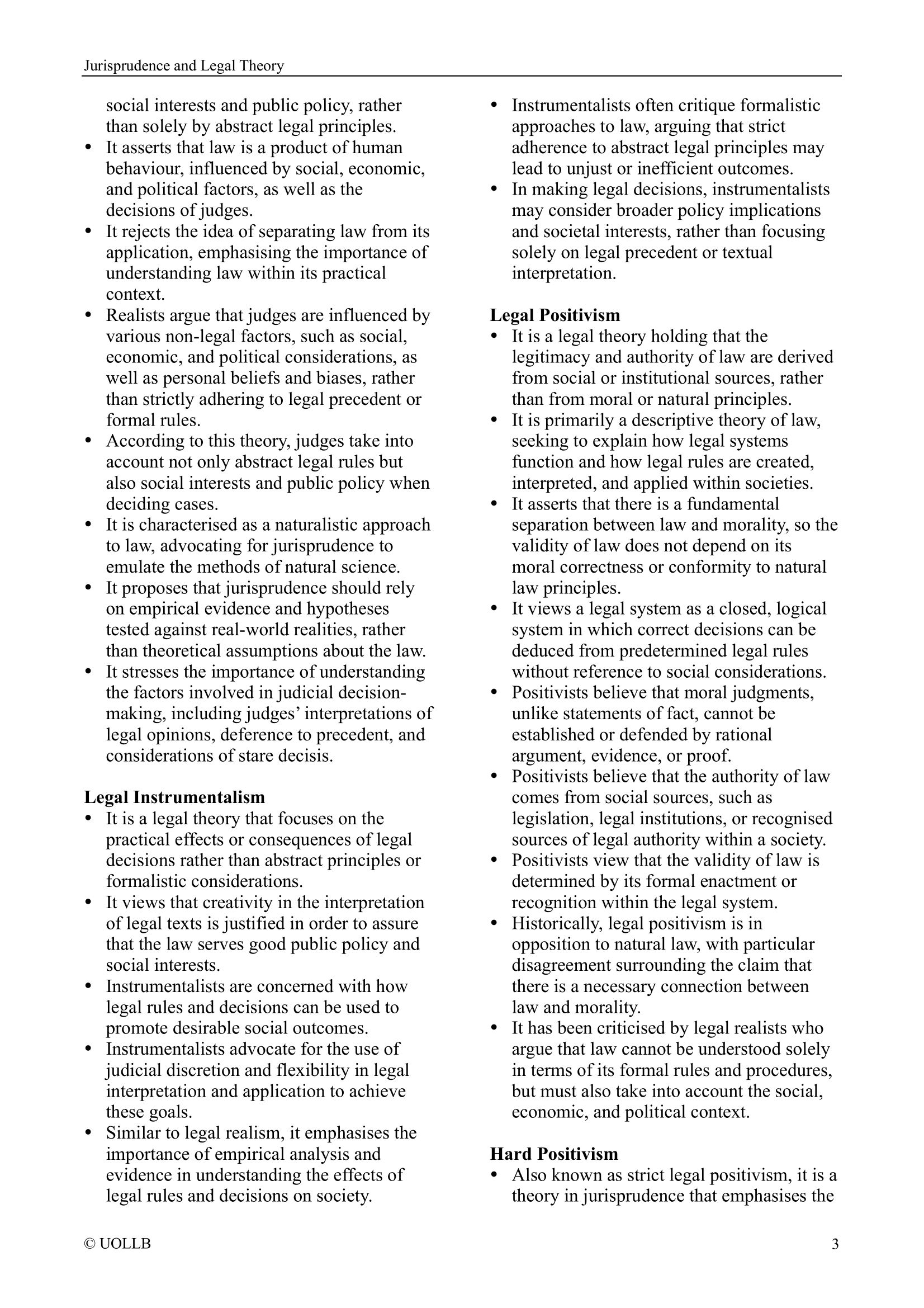Davis v Smith [2011]
Share
Davis v Smith [2011] EWCA Civ 1603 addressed the crucial issue of severance of a joint tenancy, specifically examining whether solicitor's correspondence could constitute a valid method for severing the joint tenancy between a husband and wife. The case underscores the significance of mutual agreement and the methods employed to effectuate severance.
The case involved a husband and wife who, after marrying in 1988, jointly purchased a property in 1989, previously occupied solely by Mrs Smith. Following marital discord, Mr Smith moved out in 2009, initiating divorce proceedings. In the course of settlement negotiations, solicitor's correspondence revealed an agreement to sell the property, with proceeds to be equally divided. The couple also planned to address their financial arrangements, with Mr Smith taking an endowment policy and Mrs Smith receiving a compensatory payment from the property sale. Although advised to serve a notice to end the joint tenancy, they had not done so when Mrs Smith passed away unexpectedly. The primary issues revolved around whether the joint tenancy had been properly severed and whether solicitor's correspondence could be deemed a sufficient indicator of mutual agreement to effectuate the severance.
The Court of Appeal, affirming the County Court's decision, ruled in favour of a valid severance of the joint tenancy. The solicitor's correspondence clearly demonstrated the parties' mutual agreement to sell the property and divide the proceeds equally. This aligns with the principles laid down in the landmark case Williams v Hensman [1861], which identifies mutual agreement as one of the means of severance.
The inference of mutual agreement was drawn not only from the solicitor's correspondence but also from a prior meeting between the parties where the decision to sell and divide the proceeds had been expressly agreed upon. Furthermore, the parties had received advice regarding the likely split of proceeds, and their actions, such as cashing in an endowment policy, reflected a clear understanding of the intended compensatory payment to Mrs Smith. The cumulative evidence supported the conclusion that a valid severance had occurred.
This case reinforces the importance of clear mutual agreement and actions consistent with the intention to sever a joint tenancy. In this case, solicitor's correspondence served as a valid and indicative method of demonstrating the parties' shared intent to sever the joint tenancy, leading to a fair division of the property proceeds.
